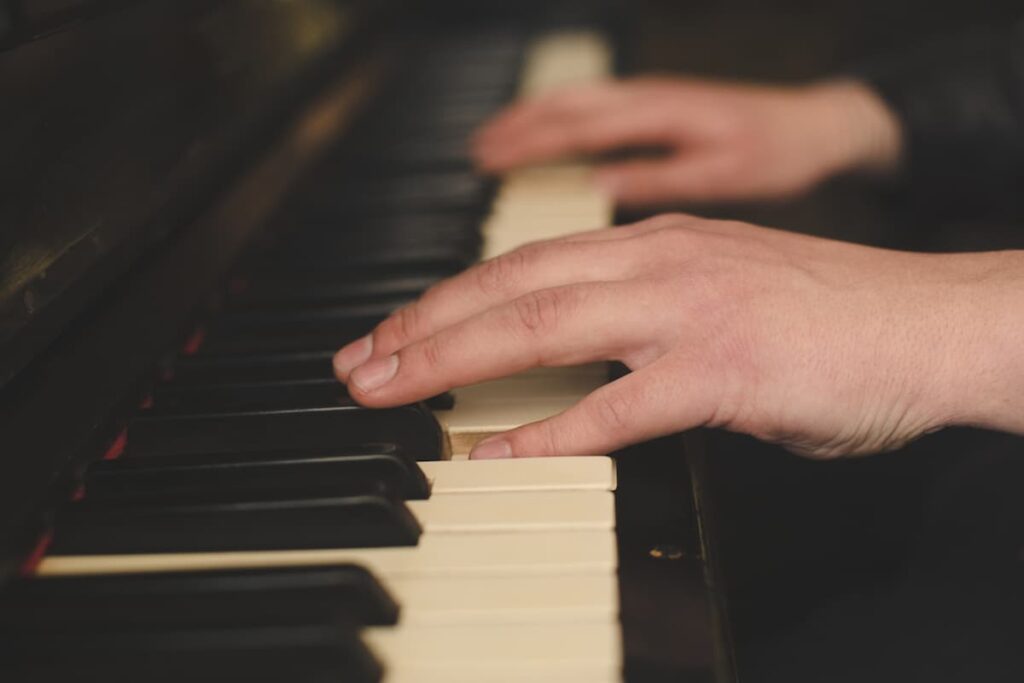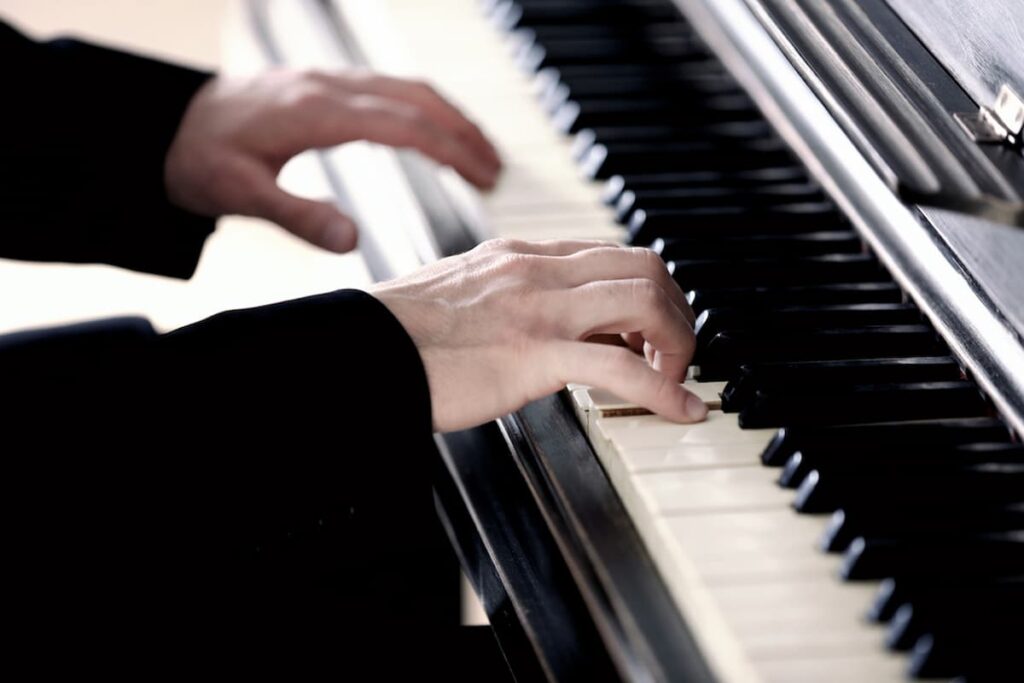As an Amazon Associate I earn from qualifying purchases.
In the world of music, particularly when it comes to piano playing, the term “dolce” holds a special significance. Hailing from the Italian language, “dolce” translates to “sweet” or “sweetly,” and it serves as an essential directive for musicians, advising them on how to approach specific passages within a composition.
As an instruction, dolce suggests that the musician should play tenderly, with a light touch, often evoking tenderness and adoration. While it may sometimes indicate a slow, gentle tempo, it is commonly found with other musical commands, providing guidance on the character and feeling the music should convey.
Understanding the meaning and application of “dolce” is crucial for pianists, as it helps shape their performance and enables them to express the intended emotions and nuances within a piece effectively. Embracing this musical term can truly elevate a pianist’s rendition, transporting the listener to a world filled with warmth, delicacy, and sweetness.
Want to Learn Piano?Click Here

Dolce Meaning in Piano
In piano music, the term “dolce” is an Italian word that translates to “sweet” or “pleasant.” It is used as a direction for performers, indicating that the music should be played sweetly, with a soft and gentle tone.
You may often find it in Romantic and Classical era pieces. So, in this case, think about those tranquil passages of Chopin and Beethoven, but it is present in a wide range of compositions.
As a musical instruction, dolce is often related to the music’s character and feel. It suggests a sense of delicacy, warmth, and other abstract timbral qualities that contribute to a tender and adoring manner of playing.
This guidance reflects in the piece’s dynamics, although it is not strictly limited to the speed or strength of the notes.
While dolce on its own may imply a slow and gentle tempo, it’s common for composers to combine it with other musical commands. That’s where it really becomes powerful and creates some awesome moods in all types of music.
For example, “allegretto dolce e con affetto” translates to “semi-quick, sweet, and with affection”. This combination helps the performer to achieve the desired mood and expressiveness in the music.
It’s important to remember that dolce is not a strict rule but rather a guiding principle that allows for personal interpretation and brings a unique touch to each performance.

How to Play Dolce
Dolce, an Italian term meaning “sweet” or “sweetly,” is often used in piano music to indicate a tender, adoring manner with a light touch. In order to play dolce effectively, it is essential to understand and implement various techniques related to dynamics, timing, and overall expression.
Dynamics and Timing
One of the key components of playing dolce is achieving a delicate balance between dynamics and timing. Since the dolce style primarily involves playing with a tender touch, maintaining control over the volume and intensity of your playing is essential.
This can be achieved by focusing on producing a gentle sound while also maintaining an appropriate tempo for the piece.
Techniques and Tips
With the dolce style’s emphasis on warmth and timbral qualities, one crucial technique to implement is effectively using the piano’s pedals. The sustain pedal, in particular, can help achieve a smoother, more connected sound while playing dolce passages.
In addition, focus on developing a soft touch and a relaxed playing technique. This can be achieved by practicing with lighter finger pressure, controlled wrist movement, and ensuring that your arm and shoulders are relaxed. Also, pay attention to the nuances of the dynamics and phrasing while playing dolce sections.

I know for me personally I like to implement the flat finger approach. The more pad of the finger I can get onto the key, the more “sweet” the sound becomes. Combining that with fluid arm movement, you can get more of a singing tone out of your melody.
Coming into the key too high, or at a vertical downward sort of angle, makes pulling off the dolce a bit tougher.
Sometimes, if you want to add another level to your dolce, you can mix in some soft pedal, but much of that depends on the overall dynamic of the passage.
Dolce Passages in Piano
One well-known piece featuring a dolce passage is Gluck’s “O del mio dolce ardor.” This tender and sweet passage showcases the delicate and gentle interpretation of the dolce marking in music.
Another example can be found in Donizetti’s opera “Lucia di Lammermoor,” where the aria “Il dolce suono” demonstrates the use of the dolce instruction to create a soft and warm tone in the performance, greatly impacting the overall character of the music.
In Berlioz’s song cycle, “Les nuits d’été,” the term ‘Dolce’ creates a tender, affectionate atmosphere. Specifically, in the movement titled “Le spectre de la rose,” the piano’s dolce accompaniment complements the vocal line, adding depth and richness to the piece.
It’s worth mentioning that dolce passages can be found in many compositions, even modern compositions and orchestral pieces. You often see it in exercise and developmental training works too. For example Moskowski and Chopin etudes.
Hello & thanks for stopping by! I’m a professional concert pianist and piano instructor. In the United States, I’ve given successful performances in several places including New York, Florida, Connecticut, & New Jersey, I have also performed internationally in Italy and made my Carnegie Hall debut in 2014. I enjoy blogging about the piano, the art of performance, general music, current events and the latest in music production.
